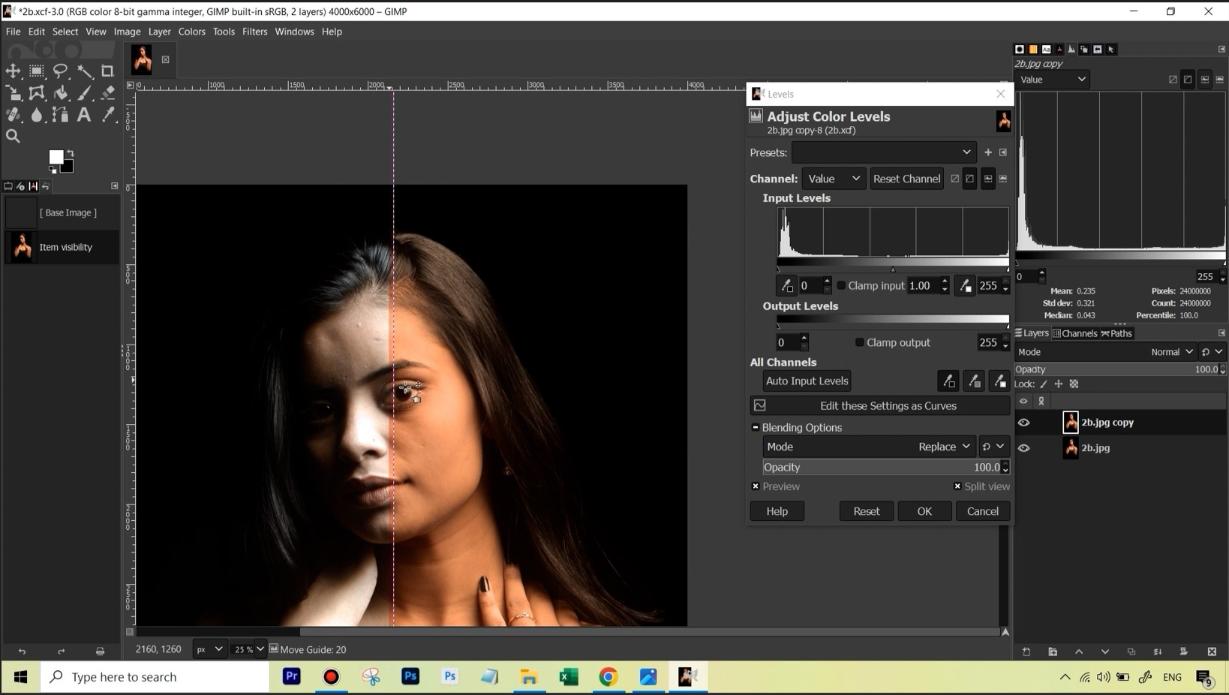GIMP
![GIMP v2.10.36.1 Crack + Key + Free Download [Latest]](https://crackingtown.com/wp-content/uploads/2024/09/10-reasons-to-use-GIMP-Image-01-300x169.jpg)
GIMP is suitable for a variety of image manipulation tasks, including photo retouching, compositing, and image construction. It has many features. It can be used as a simple painting program, an expert-quality photo retouching program, an online batch processing system, a mass production image renderer, an image format converter, and so on.
Whether you’re a graphic designer, photographer, illustrator, or scientist,the GIMP offers sophisticated tools to get your work done. You can further increase your productivity with the GNU Image Manipulation Program, thanks to many customization options and third-party plugins.
Features of GIMP:
Full suite of painting tools including brushes, a pencil, an airbrush, cloning, etc.
Tile-based memory management so image size is limited only by available disk space
Sub-pixel sampling for all paint tools for high-quality anti-aliasing
Full Alpha channel support
Layers and channels
A procedural database for calling internal GIMP functions from external programs, such as Script-Fu
Advanced scripting capabilities
Multiple undo/redo (limited only by disk space)
Transformation tools including rotate, scale, shear and flip
File formats supported include GIF, JPEG, PNG, XPM, TIFF, TGA, MPEG, PS, PDF, PCX, BMP and many others
Selection tools including rectangle, ellipse, free, fuzzy, bezier and intelligent
Plug-ins that allow for the easy addition of new file formats and new effect filters
System Requirements and Technical Details:
Supported OS: Windows 10, Windows 8.1, Windows 7
RAM (Memory): 2 GB RAM (4 GB recommended)
Free Hard Disk Space: 600 MB or more
